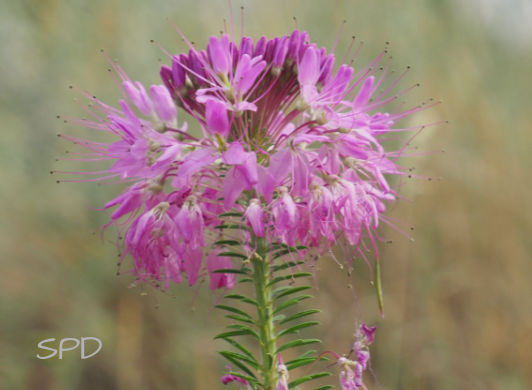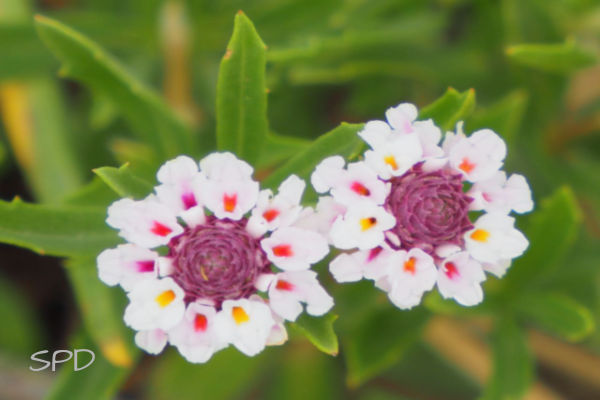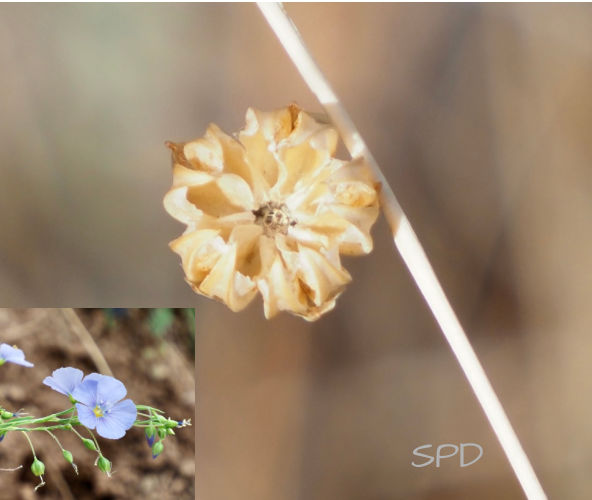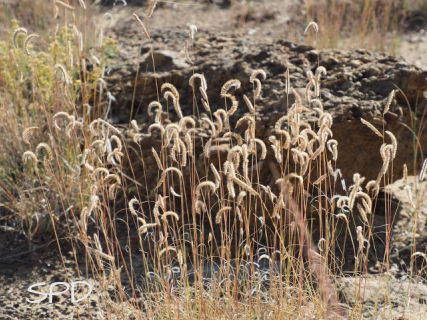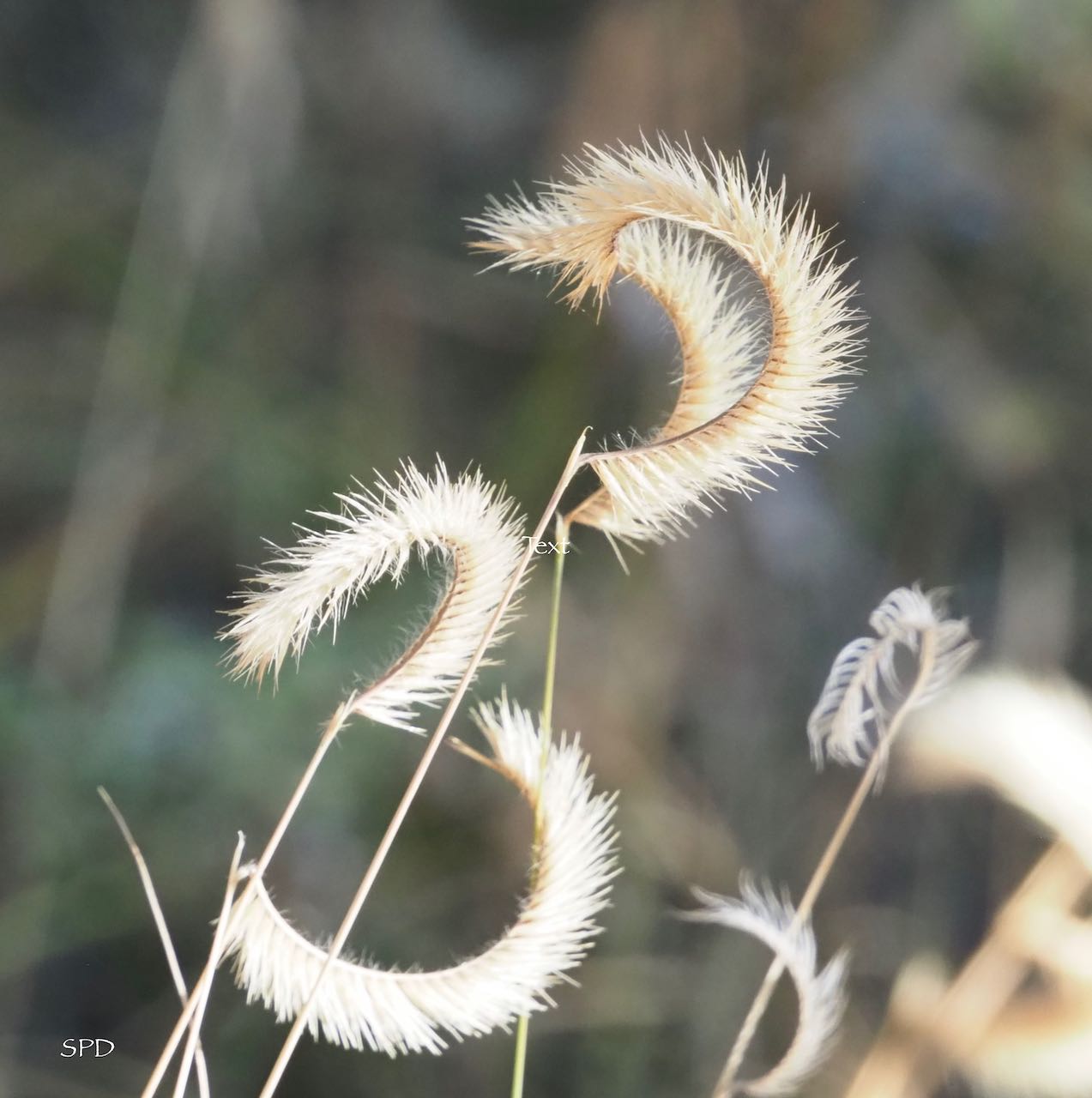Pasqueflowers, Pulsatilla nuttalliana, are among the first natives to bloom in spring, providing rest and food for the earliest native bees. More about early bloomers.
Well! Here we are again! When the winds of spring came and blew the doors open, we were outside in a flash with coat tails flying behind and only one thing on our minds – where could we see those early blooming native wildflowers? Never mind snow still on the ground. The plants knew, and we knew, it was time!
When summer’s fullness was upon us, we reveled in the bounty, wallowing in meadows and wetlands, drunk with color and abundance. So many beautiful flowers! How can we remember this?
We took pictures and notes, we painted and drew, we uploaded to databases, tracking everything alive. And summer didn’t wait for us, it exploded with flowers of all kinds, each striving to reach its goal – grow fast, reproduce, make seeds.
Rocky Mountain bee plant, with its new binomial, Cleomella serrulata.
Whipple’s penstemon, Penstemon whippleanus
Wedgeleaf frogfruit, Phyla cuneifolia
American plum, Prunus americana, with red leaves in fall. Fruiting was prolific in the Front Range this year.
And then – where were you when the great hot wheel of summer stopped turning, and the field was quiet in a certain way? The plants not yet fading, but just holding very still, no breath of wind now, no sound at all, just the stillness that told you ‘summer is over.’
By November fall has come and almost gone, the first snows have fallen. Plants we knew well in summer have taken on new disguises, trying to fool us with winter forms and colors. Now seeds captivate our attention, each plant
equipped with fantastical methods to get the next generation to a safe home. Seeds are dehisced, they grow parachutes and fly, screw themselves into the ground, travel by fur or socks, or float away from the parent plant, striving for a new start in a good place. Kind of like us.
Western white virgin’s bower, or Western clematis, Clematis ligusticifolia. Seeds that fly.
Birchleaf mountain mahogany, Cercocarpus montanus. Seeds that screw themselves into the ground.
Blue flax, Linum lewisii, seeds dispersed by dehiscence – fruit capsules open and eject the seeds.
Bouteloua gracilis backlit in the afternoon sunlight.
Close up of seed head, Bouteloua gracilis, blue grama.
The grass seeds are among my favorites. Like those beautiful blue gramas, Bouteloua gracilis, Colorado’s state grass. The seed heads start out straight, but many turn crazy curvy as they dry out. Who doesn’t love to say ‘Bouteloua?’ And so another season begins.
Sue Dingwell
Colorado Native Plant Society
Media Committee



